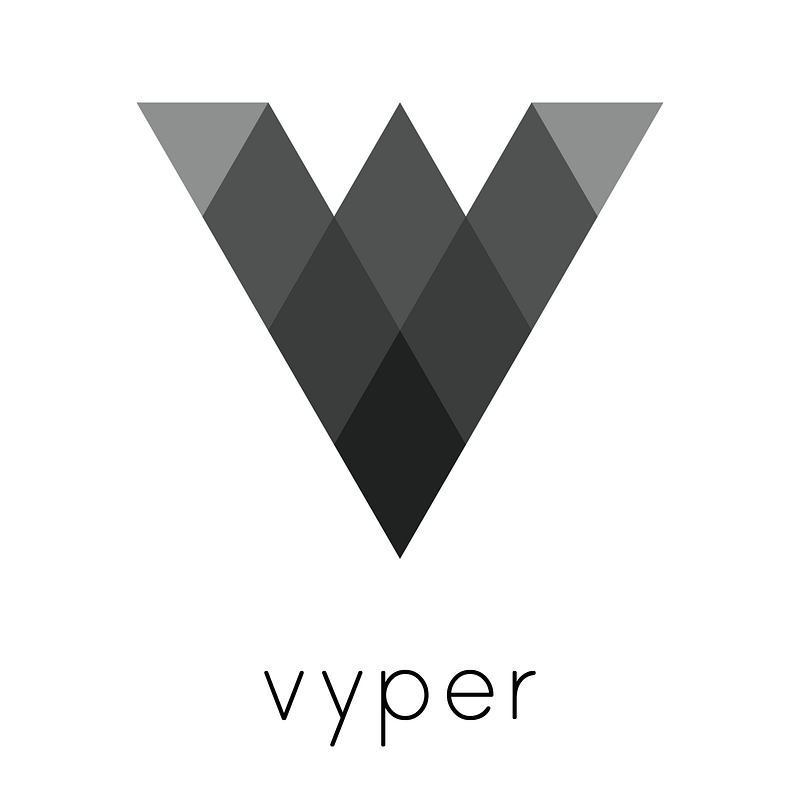The Quick & Not So Nasty Summary
It’s going to happen. Ethereum is going to scale, PoS is going to come, UI/UX is going to improve and more people will use DApps. Amazing minds are working on all these things. The researchers are super inspiring. The community is strong, dedicated and buidling away. The ship is being steered in the right direction. The combination of all these things feels a bit special and it might just be the start of a new future.
I need to contribute.
My Personal Highlights
ENS & Universal Logins — Nick Johnson, Alex Van De Sande
These kind of things are really going to drive adoption. Both Nick Johnson and Alex Van De Sandé were quality speakers.
I should look at using ENS in a DApp to gain some experience and the technical details are interesting to look into more, might be something I could contribute to?
Universal Logins, meta transactions, etc are just cool and the demo is awesome. I wonder what work is being done on the next stage? i.e. what’s the Universal Login equivalent for setting up your own wallet properly, or installing MetaMask?
Material world — Vinay Gupta
This was interesting because Mattereum seems to have solved the problem of how Ethereum tech can legally control real world assets. It still looks bloody complex but worth following for sure.
Making Sense Of Layer 2 — Josh Stark, L4
Explained state channels, plasma and other layer 2 technologies in a really good way.
One feeling I got from the conference was that some of these technologies, i.e. state channels seem usable already but don’t seem to be widely adopted to solve so called scaling issues. Is it because they’re hard to implement or is there some other reason?
Philip Daian — Smart Contract Security
Ended up at this one by accident and it was really interesting. Philip is a researcher and presented lots of interesting data. He was refreshingly original, realistic and non-biased. I’d like to watch his talk again and will definitely follow more.
CryptoEconomics at Scale — Karl Floersch
This guy was great. Energetic, enthusiastic, funny and explained things well. Very inspiring and encouraged everyone to get involved because there’s loads to do.
Andy Milenius — MakerDao, A new hope for financial reform
Did not expect much from this but it was excellent, really inspiring. These guys have a grand vision and they seem to be very clear and focused .Don’t know if I’ve ever fully appreciated the real power of stable coins but this definitely made me more aware.
Turbo geth — Alexey Akhunov
This guy was awesome! Possibly the best I saw. I only caught the end of the talk as didn’t plan to go but glad I randomly ended up there. He was so knowledgeable a fantastic presenter and it was super inspiring.
Contributing To Ethereum & OpenSource — Danny Ryan
One of the reasons I wanted to go to Devcon was because I know I want to be involved in the Ethereum ecosystem, I’ve been dabbling in the tech but I haven’t really found the best way for me to move forward so this presentation was perfect. Danny presented loads of ways to get involved and he believes it’s there are great opportunities for everyone. Some things to consider:
- Follow conversations on https://ethresear.ch/
- Build interfaces for research projects
- Build prototypes for researchers
- Get involved in meta transaction work
- or ENS
- Hack away and build my own applications, gain experience, skills and see if I identify any specific pain points.
So, what to do, what to do 🤔
The Experience In General
I really, really enjoyed it! It was fun, inspiring, exciting and super interesting.
Prague is awesome. A beautiful city that offers a lot of fun. We even got the weather! The Congress Centre was kind of spectacular and the food was amazing.


You can have a lot of fun in Prague, partying on the 24th floor of the Corinthian was FUN and Halloween is celebrated in style!


Although there was so much good work going on at the conference there’s still this kind of out-there, wacky, punky vibe too. The keynote sing song was amusing and surprisingly The chill out zone was cool and useful to rest the head after a late one the night before!


The amount of swag was crazy, I can’t say no to a free t-shirt!

There’s so many smart, enthusiastic and decent people working on this. I kind of knew about the smart and enthusiastic side but I was pleasantly surprised at how decent the people I met were — friendly, approachable, cooperative and mostly non-egotistical. Really different from attitudes I’ve experienced elsewhere.
I need to dive in even more and start contributing.
Also-prepare for Devcon V!
